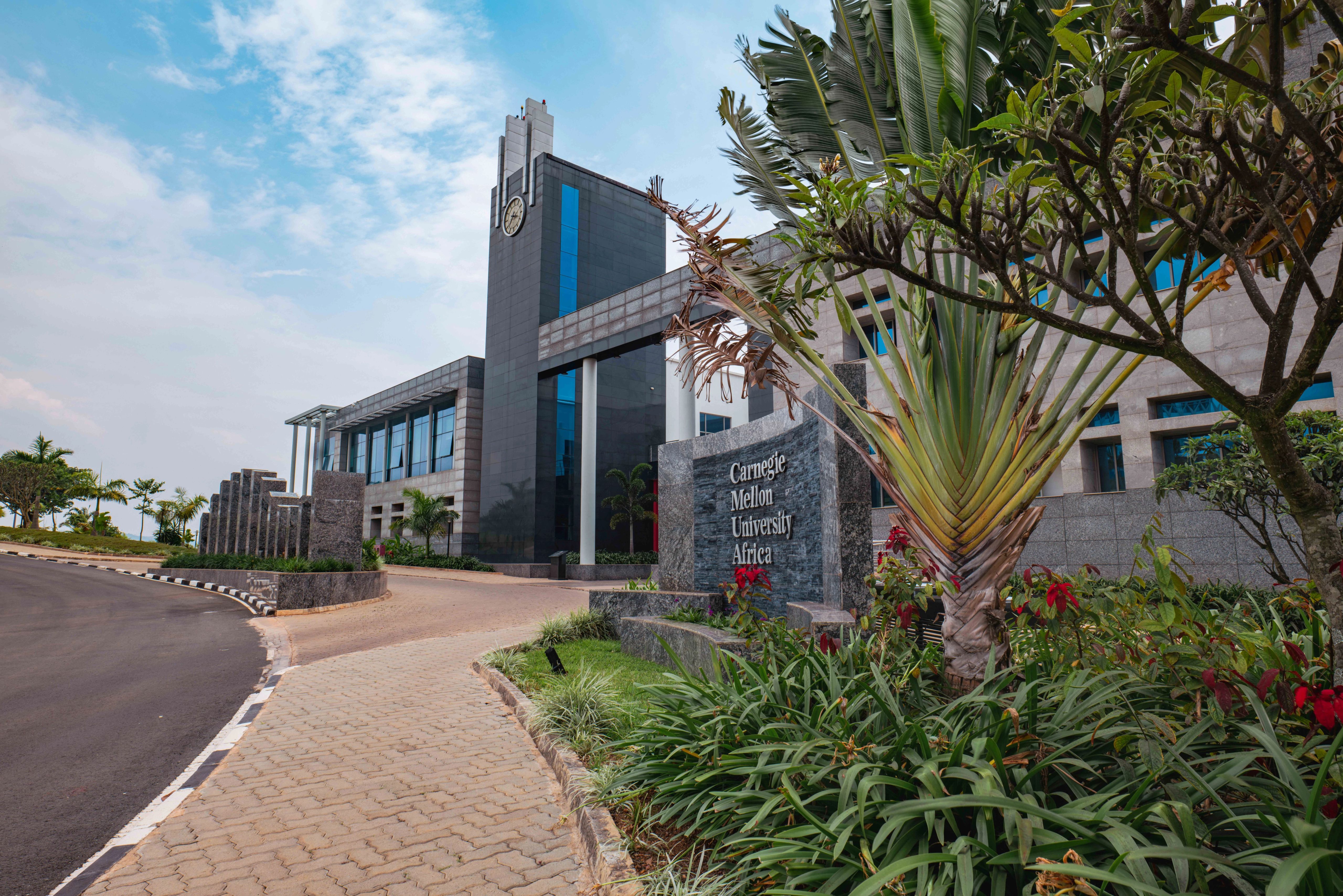

History

Founder Spotlight
A self-educated "working boy," Andrew Carnegie emigrated from Scotland in 1848 and settled in Pittsburgh, Pa. Attending night school and borrowing books, Carnegie went from factory worker in a textile mill to successful entrepreneur and industrialist. He rose to prominence by founding what became the world's largest steel producing company by the end of the 19th century.
"My heart is in the work," he stated, which would become part of the school's official motto.
At one point the richest man in the world, Carnegie once said, "To die rich is to die disgraced." He turned his attention to writing, social activism and philanthropy, determined to establish educational opportunities for the general public where few existed.
Post-war Growth: Opening Three New Schools

With the end of World War II, the latter half of the 20th century brought unprecedented growth to Carnegie Tech. In 1956, the arrival of the first IBM computer to campus was revolutionary, initiating a university culture where information technology pervaded virtually all areas of study.
University culture also changed in 1973, when Margaret Morrison closed and women joined their male peers in classrooms and dorms.
1948

The Graduate School of Industrial Administration, later renamed the David A. Tepper School of Business, focused on quantitative analysis and pioneering the field of management science.
1968

The School of Urban and Public Affairs, later renamed the H. John Heinz III College, provided graduate training for work in the public sector.
1986

The School of Computer Science pioneered computing and artificial intelligence, led by interdisciplinary efforts of Allen Newell and Herbert Simon.
CMU's Global Leadership

In its 115 years, Carnegie Mellon has soared to national and international leadership in higher education and research. A birthplace of innovation since its founding, it continues to be known for innovation, for solving real-world problems and for interdisciplinary collaboration. Its alumni can be found across the globe — from Tony Award winners to Nobel Prize and Turing Award winners, from CEOs to entrepreneurs, from professors to artists.
In the 2000s, in response to demand for expanded international educational opportunities, Carnegie Mellon began offering degree programs outside of Pittsburgh.
Today its global presence includes campuses in Qatar and Silicon Valley, Calif., more than a dozen degree-granting locations, and more than 20 research partnerships in cities and countries such as Los Angeles, New York City, Washington, D.C., China, Portugal and Rwanda.
2002
Carnegie Mellon established a branch campus in Silicon Valley, the epicenter of the modern technological revolution.
2004

Carnegie University in Qatar (CMU-Q) opened its doors with 41 students, offering programs in Business Administration and Computer Science.
2011

Carnegie Mellon University and the Government of Rwanda signed an agreement to establish CMU-Africa. This partnership was designed to respond to the critical shortage of high-quality engineering talent required to harness Africa's tremendous potential as home to the fastest-growing workforce in the world.

Expanding into the Future
CMU is positioned like never before to meet the challenges of the 21st century. In the coming years, the university will see the largest expansion to the Pittsburgh campus since 1900.
At the intersection of technology and humanity, CMU will focus on advancing the individual student experience, the broader Carnegie Mellon community experience, and the social impact of Carnegie Mellon throughout the world.



